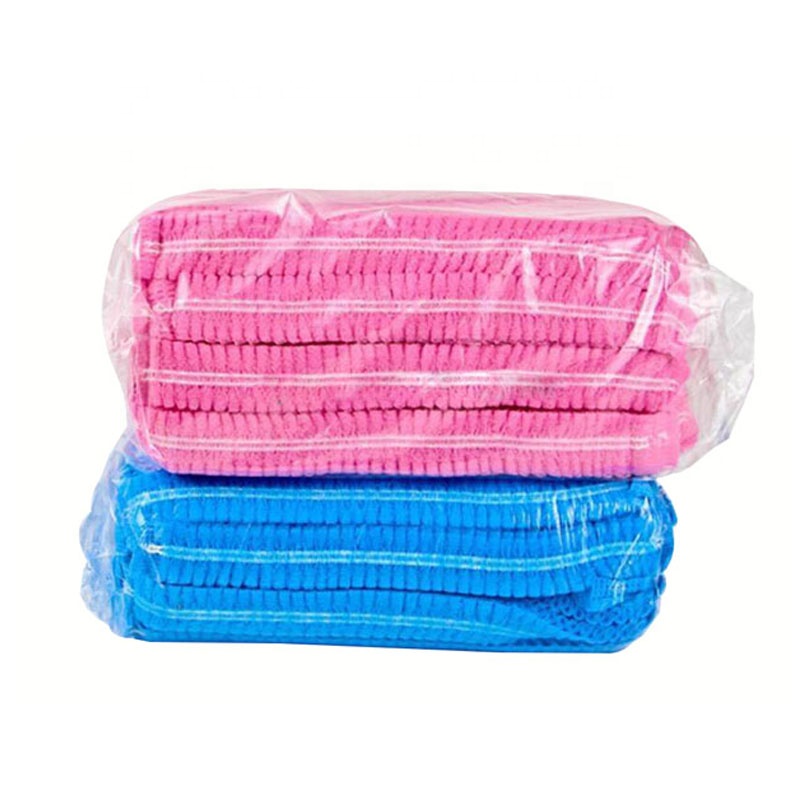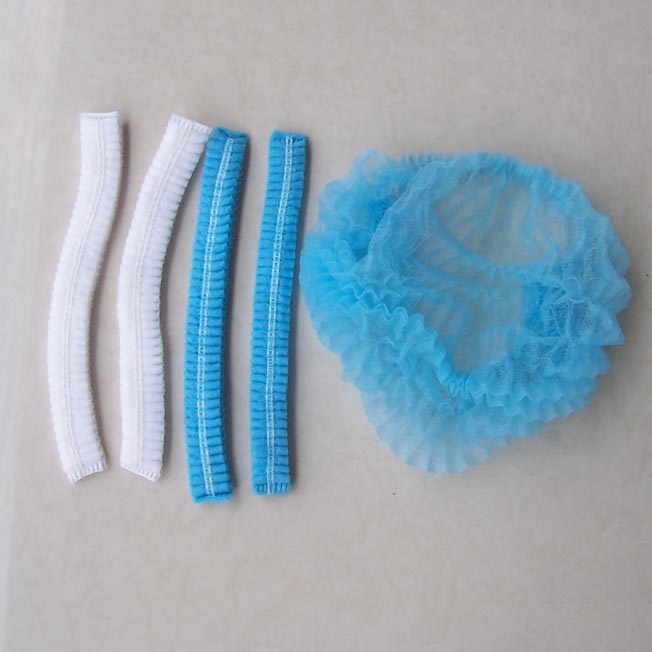Very optimistic about six new medical technologies
Release date: 2014-07-30
Recently, a foreign report based on the current medical market in 2009-2014 lists 10 new medical technologies with huge growth potential, such as capsule endoscopy, drug delivery systems, molecular diagnostics and targeted therapy, mobile medical, etc. The valuation is as high as $454.3 billion. Let the industry's six optimistic medical technology is -
Image diagnosis, relieve pain
Representative: Capsule endoscopy
According to reports, 2/5 (about 177.8 billion US dollars) of the top ten medical new technologies have market share from medical diagnostics, including nuclear medicine imaging and capsule endoscopy.
According to a report released by Frost & Sullivan Consulting, the medical imaging technology has shortened the imaging time to a few seconds in the past decade. The images are three-dimensional and full-color, which can largely replace the past biopsy. . For example, nuclear medicine imaging technology lays the foundation for non-invasive examination of liver fibrosis; capsule endoscopy protects patients from pain.
Molecular diagnosis, localization of cancer
Representative: Molecular Targeted Therapy
The top science journal Nature Genetics listed molecular diagnostics as the top of the top ten health technologies a few years ago. It plays a huge role in the prevention, diagnosis and individualized treatment of genetic diseases, infectious diseases and tumors. Taking tumors as an example, the Global Cancer Report 2014 issued by WHO pointed out that in 2012, the number of cancer deaths in China was 2.2 million, accounting for 26.8% of the global total. The therapeutic effect of cancer patients in China is still not satisfactory. The solution is to improve early diagnosis and precise treatment of advanced tumors. You Chang Xuan said that about 80% of lung cancer patients were in advanced stage and lost their chance of surgery. Traditional chemotherapy is a "trial and error treatment", often choose a chemotherapy regimen according to the guidelines, evaluate the curative effect after 2 cycles of treatment, continue the original plan if it is effective, and change the plan if it is invalid. This mode has poor efficacy and side effects. Related experts pointed out that the occurrence and development of tumors are often related to genetic abnormalities, such as lung cancer, especially lung adenocarcinoma, where there are specific driving genes. To clearly drive the genes, molecular diagnosis is needed to help. Find specific genes and give targeted molecular targeted therapy with good efficacy and few side effects.
Minimally invasive technique to reduce wounds
Representative: minimally invasive internal fixation
In 1987, French doctor Murray completed the world's first laparoscopic cholecystectomy, creating a new era of minimally invasive surgery. For decades, from gastrointestinal endoscopy to laparoscopy, the concept of minimally invasive surgery has penetrated into various medical fields. Some foreign scholars have referred to minimally invasive surgery, genetic engineering, and organ transplantation as the three mainstreams of medical development in the 21st century. Orthopedic minimally invasive techniques are leading the way. For example, in the elderly patients with osteoporosis, the most common intertrochanteric fractures have been used. In the past, dynamic hip screws were used, which is called “plate-fixingâ€. The wounds are large, and patients need to stay in bed for a long time, which is easy to induce thrombosis. Subsequently, the development of minimally invasive devices such as gamma nails overcomes the problem of large surgical incisions, but does not completely reset the injured bone. In this regard, Tang Peifu, dean of the Orthopaedic Hospital of the General Hospital of the People's Liberation Army, designed the medial support intramedullary nail and added a fixation to the inside of the injured bone by minimally invasive internal fixation. This technology allows patients to avoid death complications early, and is certified and approved by the State Food and Drug Administration and promoted in China.
Drug delivery system, on-demand
Representative: Nanocrystal technology
Foreign reports show that drugs with drug delivery systems (DDS) have a market share of about $110.8 billion. Early studies of DDS focused on slow-release formulations, allowing patients to stay for a longer period of time with a single shot. For example, leuprolide acetate microspheres, triptorelin microspheres, and risperidone microspheres are widely used in the treatment of tumors, metabolic diseases, and psychosis.
In recent years, the main goal of DDS research has been to compensate for bioavailability defects caused by the chemical structure of the drug itself. For example, the intestinal retention technology developed by AvMax in the United States allows the drug to stay in the small intestine with the best bioavailability, maintain the effect on Helicobacter pylori, and treat peptic ulcer. Elan's nanocrystal drug delivery technology contains an excipient that prevents aggregation and improves dissolution, solves the problem of timing administration, synchronizes drug delivery with human rhythm, and maintains a 24-hour balanced blood level. It has produced effects in the treatment of hypertension. Recently, Stephen Morton of the Massachusetts Institute of Technology developed a dual-drug, time-lapse nano-delivery system for cancer treatment to prevent cancer cells from resisting chemotherapeutic drugs. It can be seen that nanotechnology is an important direction for the development of DDS.
Non-invasive testing, replacing puncture
Representative: saliva detects blood sugar
Blood, amniotic fluid, bone marrow... The indicators of these fluids are the basis for the diagnosis of many diseases. But getting them requires puncture and is invasive, not only causing pain to the patient, but also easily cross-infecting. People with diabetes need to monitor blood glucose without interruption, and treatment compliance is poor.
The development of non-invasive detection devices based on biosensor technology brings hope to patients. According to a report by the American Society of Physicists in 2012, scientists at Purdue University in the United States have invented a sensor that can detect diabetes through tears and saliva, as well as diagnose Parkinson's disease and Alzheimer's disease. Dr. Mary Norton, deputy director of the Department of Clinical and Translational Genetics at the University of California, San Francisco, developed a non-invasive prenatal screening technique that detected more than 80% of common chromosome triploid abnormalities (such as Down's syndrome) and is expected to replace the fluff. Membrane sampling and amniocentesis.
With the development of wearable medical treatment, non-invasive detection technology is expected to enter thousands of households and achieve round-the-clock monitoring. For example, Israel BIG developed a watch-type blood glucose monitoring device to monitor the condition by measuring changes in bioelectrical resistance. However, the American technology magazine "Collecting the World" proposed that non-invasive blood glucose testing technology is still in the early stage of development and there is no product on the market.
Mobile medical care, security
Representative: Hospital Informationization
An American doctor sitting in the office can view the ECG of a Chinese patient through a wearable device. This is a bright prospect for mobile medical care. Eric Top, a famous American cardiologist, listed it as the most promising new medical technology.
The advantage of mobile medical care is that the patient is the core, to maximize the quality and safety of medical care, while improving efficiency. For example, when infusion or medicine, the nurse scans the barcode on the patient's wristband and medicine separately with a mobile PDA. If it matches, the word “execution success†will pop up, otherwise “patient and doctor's mismatch†will be given. There are "such as the prompt, to achieve zero error in medication.
According to a report released by the Global System for Mobile Communications, the development of the mobile medical market in 2017 will bring in $23 billion in revenue. Mobile medical care will play a role in chronic disease management and personalized medicine.
Source: Life Times
1. Single Use
2. Can be used in food industry, laboratory, manufacturing, cleanroom ect.
3. The weight and size of disposable clip cap can be customized.
4. Single elastic or double elastic for hair nets is per your demand.




Bouffant Cap,Hair Cover,Clip Mob Cap,Strip cap,Clip Caps
Jiangsu Asbao Medical Technology Co., Ltd. , https://www.iigloves.com
